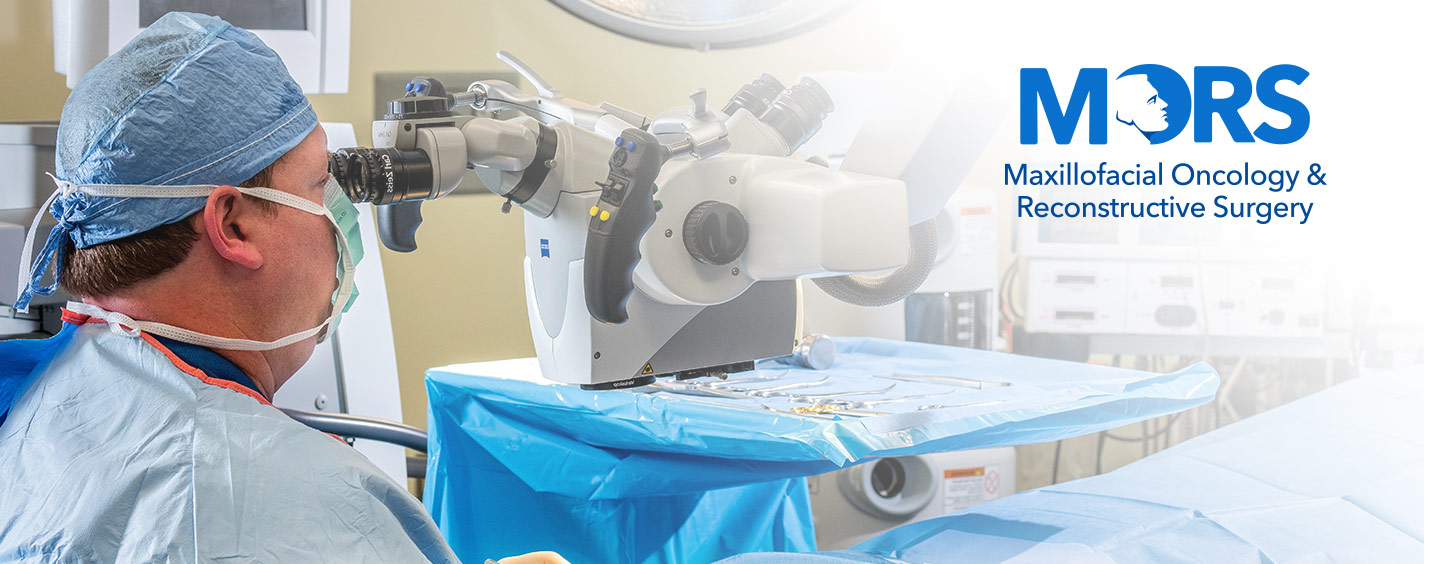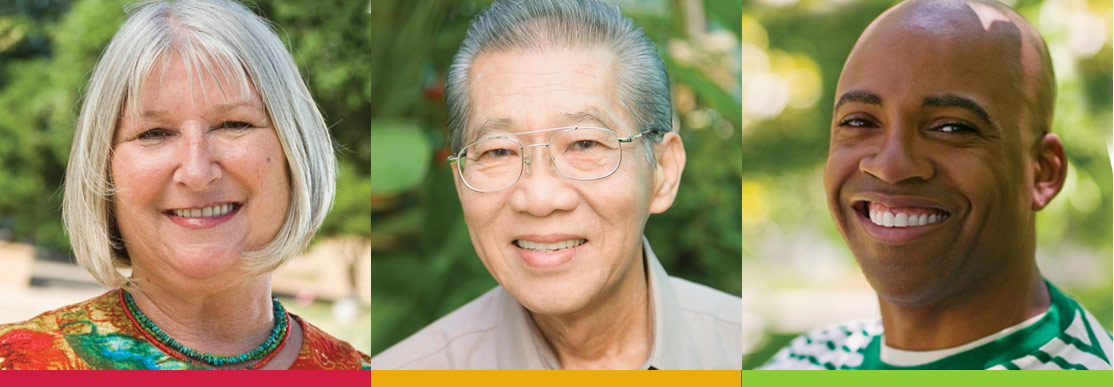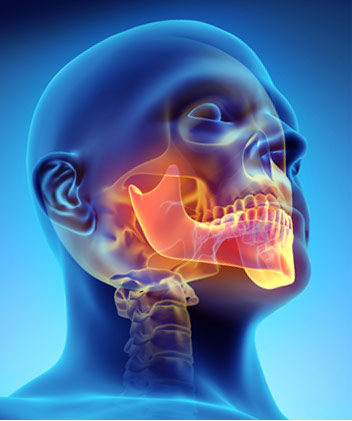

Patient Information
Your First Visit

Your first visit is used to collect information regarding your current problem and your health history. As a level 1 trauma and teaching hospital, care for each patient is performed in a team approach. A resident surgeon evaluates and treats patients with the attending surgeons. The treatment plan may include having a biopsy while you are in the clinic. The treatment plan could also include the need to follow up with our radiology department for imaging or laboratory for blood work. If a biopsy is done in clinic, then you will follow up in one to two weeks for the results. If you are sent to another department for further testing, your follow up may be after the tests are completed. If you have had any imaging done by another facility it can be very helpful to bring in the disc from that facility.
Microvascular Reconstructive Surgery
 Defects of the face, neck and mouth are often created when removing tumors or as the result of severe facial injury. Proper reconstruction allows patients to maintain the highest quality of life and self-esteem. Our surgical team is one of only a few Oral and Maxillofacial Surgery teams in the United States trained in this state-of-the-art form of reconstruction. In 2017, Dr. Williams became the first Oral and Maxillofacial surgeon in Texas to obtain his CAQ (Certificate of Added Qualifications) in head and neck surgery from the American Board of Oral & Maxillofacial Surgery.
Defects of the face, neck and mouth are often created when removing tumors or as the result of severe facial injury. Proper reconstruction allows patients to maintain the highest quality of life and self-esteem. Our surgical team is one of only a few Oral and Maxillofacial Surgery teams in the United States trained in this state-of-the-art form of reconstruction. In 2017, Dr. Williams became the first Oral and Maxillofacial surgeon in Texas to obtain his CAQ (Certificate of Added Qualifications) in head and neck surgery from the American Board of Oral & Maxillofacial Surgery.
Microvascular reconstruction is one of the most advanced options in restoring facial form and function following the removal of facial and oral tumors. These techniques are also used to repair defects caused from traumatic injures. Tissue from the patient’s own body are transplanted into the facial defects to restore function and appearance. These transplants (known as “flaps”) can be in the form of skin, muscle, bone, or any combination. The flap is removed from the body along with blood vessels that supply nourishment to the flap. The blood vessels are reconnected to vessels around the facial defect under a microscope using sutures smaller than a human hair. Once blood flow is re-established, the transplanted tissue remains alive just as it did in its original location. Because the flap is completely freed from another part of the body, this technique is often referred to as “free flap surgery” or “free tissue transfer.” This technique has a 95 percent success rate, which is very favorable compared to other techniques. Please keep in mind that many cases are more appropriately reconstructed with alternative techniques.
When necessary for microvascular jaw reconstruction, our team utilizes computer-guided virtual surgery to plan the reconstruction with increased precision and reduced operating time. Using this advanced technology, our surgeons work closely with biomedical engineers to offer truly customized surgical solutions for each patient.
While not all patients are candidates to undergo this form of reconstruction, our surgeons also perform many other forms of facial reconstructive surgery. The optimal reconstructive technique is tailored to each patient and chosen based on the patient’s wishes, goals, and available options.
